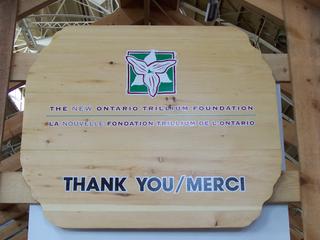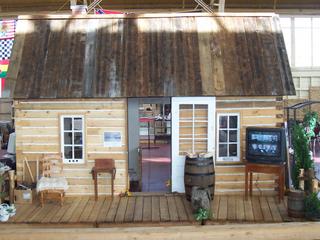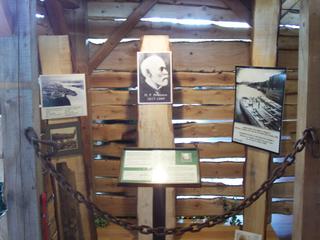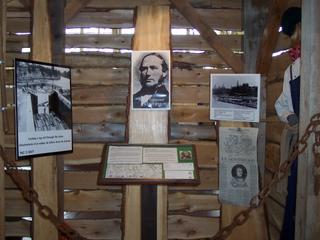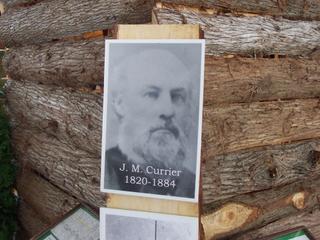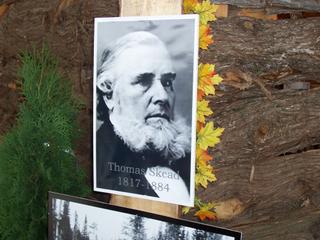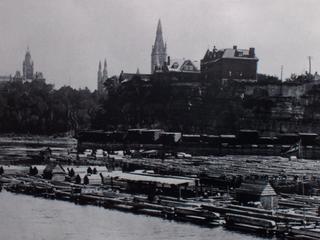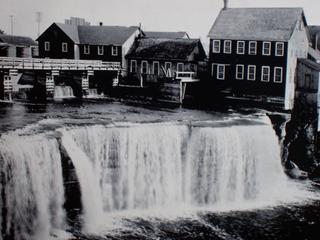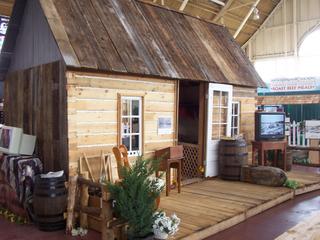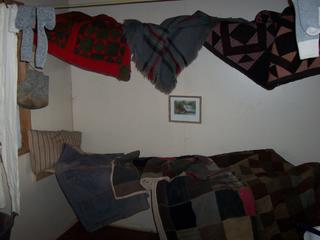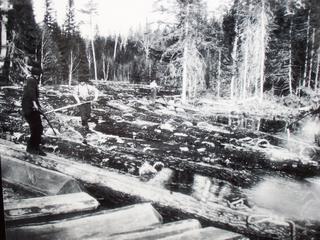The Aberdeen Pavilion

The historic and recently restored Aberdeen Pavilion is host to "When Lumber was King" during the 2005 edition of the Central Canada's Exhibition's 'SuperEx'. With assistance from sponsors such as Logs End Inc. and the New Ontario Trilium Foundation and volunteers from the Rideau Township Historical Society, the CCE is helping the city celebrate its 150th anniversary with a tribute to the 19th century lumbermen of Bytown and Ottawa.

